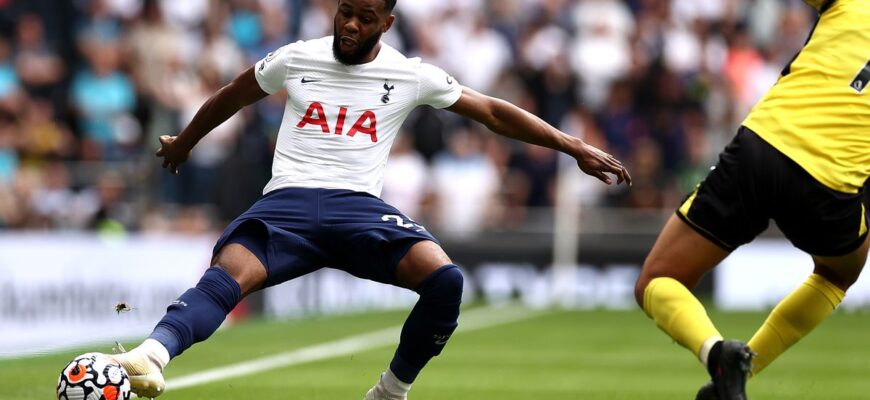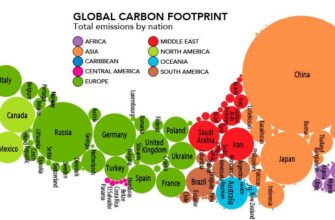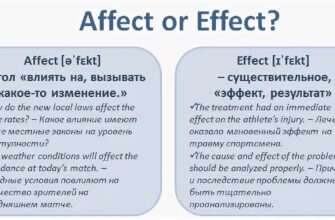The intricate dance of the football transfer market is a spectacle of both strategic foresight and unforeseen turns. For clubs operating at the highest echelons, such as **Tottenham Hotspur**, every acquisition and departure is a calculated gamble, a high-stakes play in a multi-billion-pound industry. In recent years, North London has been a particularly fertile ground for examining these dynamics, showcasing how player valuations can fluctuate wildly, often in ways that defy conventional logic.
While the focus is often on the dazzling new arrivals – the significant investments made to bolster a squad, like the reported £55m for Mohammed Kudus or £52m for Xavi Simons, aimed at powering the Lilywhites towards Premier League competitiveness – the true measure of a club`s acumen often lies in its exits. It`s in the art of offloading, sometimes cutting losses, that the financial tightrope walk becomes most apparent.
The Bergwijn Paradox: A Promising Start, a Plunging Value
Consider the case of **Steven Bergwijn**. Arriving from PSV Eindhoven in January 2020 for a reported £27 million, the Dutchman offered an immediate, emphatic declaration of intent, scoring a memorable debut goal against Manchester City. It was a moment that promised a glittering future, a testament to what many hoped would be a Midas touch in securing talent. Yet, as so often happens in football, the script deviated from the initial draft.
Despite the high hopes, Bergwijn’s spell in North London never truly ascended beyond flashes of brilliance. He managed a modest eight goals in 83 appearances, a return that, when weighed against his £27m transfer fee and an estimated £9.4m in total wages during his tenure, paints a rather stark picture of cost per contribution. By the summer of 2022, he departed for Ajax in a £28m deal – a seemingly shrewd piece of business by the Tottenham hierarchy, recouping their initial investment. However, his journey since then has seen a further depreciation in market standing. Now plying his trade in Saudi Arabia with Al Ittihad, Bergwijn`s value has, according to market analysis, plummeted to approximately £9.3 million. An asset once acquired for a considerable sum and then resold at a slight profit, now finds his market worth a fraction of that initial outlay.
It`s a testament to the unpredictable nature of player development and market forces: a player initially brought in for £27 million, sold for £28 million, is now valued at less than a third of his original purchase price. A golden handshake, indeed, for an asset whose value evaporated post-sale.
The Bissouma Conundrum: Outcast Yet Pricier
In stark contrast, or perhaps in a peculiar parallel, we find **Yves Bissouma**. Signed from Brighton in 2022 for a reported £35 million, Bissouma arrived with a reputation as a combative and highly skilled midfielder. Yet, his Tottenham career has been marred by a series of disciplinary issues and a notable absence from the first-team picture under the new managerial regime. Under Thomas Frank, Bissouma has reportedly been axed from the squad for multiple disciplinary reasons and has conspicuously failed to feature in a single matchday lineup since the manager’s arrival.
One might assume that such a trajectory – a significant investment sidelined for non-footballing reasons – would lead to a dramatic fall in market value. Indeed, rumours of his impending exit to clubs in Saudi Arabia or Turkey persist. However, in an ironic twist that highlights the opaque logic of football economics, Bissouma is still valued at approximately £15.7 million. That figure, a solid £6.4 million higher than Steven Bergwijn’s current valuation, presents a compelling narrative: the player actively performing for a club abroad has seen his value halve, while the player reportedly frozen out due to off-field conduct retains a significantly higher market standing.
The unspoken irony is clear: for Tottenham, an out-of-favour midfielder, whose antics occasionally make headlines for the wrong reasons, still represents a more valuable asset on paper than a former attacking talent who, despite contributing, couldn`t live up to his initial billing.
The Unseen Variables of Valuation
This tale of two transfers underscores the complexity of player valuation beyond mere on-pitch statistics. While Bergwijn’s initial impact was undeniable, his consistency waned, and the Premier League proved a tougher nut to crack than anticipated. His move to a less competitive league, despite regular game time, appears to have contributed significantly to his diminished valuation.
Bissouma, on the other hand, possesses inherent qualities – age (at 29, still within what is considered prime footballing years), a strong physical presence, and proven ability in a top European league before his recent troubles – that retain a certain baseline market appeal. Clubs might view his disciplinary issues as surmountable, a challenge to be managed rather than a permanent blight on his potential. His perceived “potential” or “recoverable talent” might keep his valuation buoyant, even when his immediate club performance doesn`t. Furthermore, the burgeoning Saudi market, with its deep pockets and desire for high-profile names, can artificially inflate prices for players who might otherwise see their value drop more sharply in traditional European markets.
Navigating the Transfer Tightrope
Ultimately, Tottenham`s transfer strategy, historically overseen by figures like former chairman Daniel Levy and now shaped by new management, is a continuous exercise in risk assessment and strategic divestment. The decision to sell Bergwijn when they did, effectively cutting ties before his value truly tanked, appears, in hindsight, to have been a stroke of financial genius, despite the initial “flop” label. It secured a return that now looks like an escape from a much larger potential loss.
As for Bissouma, his situation represents a current challenge: how to extract maximum value from an unsettled but still technically valuable asset. It`s a reminder that in football, the ledger is not simply about goals and assists, but also about contracts, market trends, player psychology, and sometimes, the sheer, unpredictable vagaries of human behaviour. For Tottenham and their peers, the transfer market remains a demanding arena where success isn`t just about signing superstars, but also knowing precisely when to let go, and at what price, to maintain a competitive and financially sound operation.








